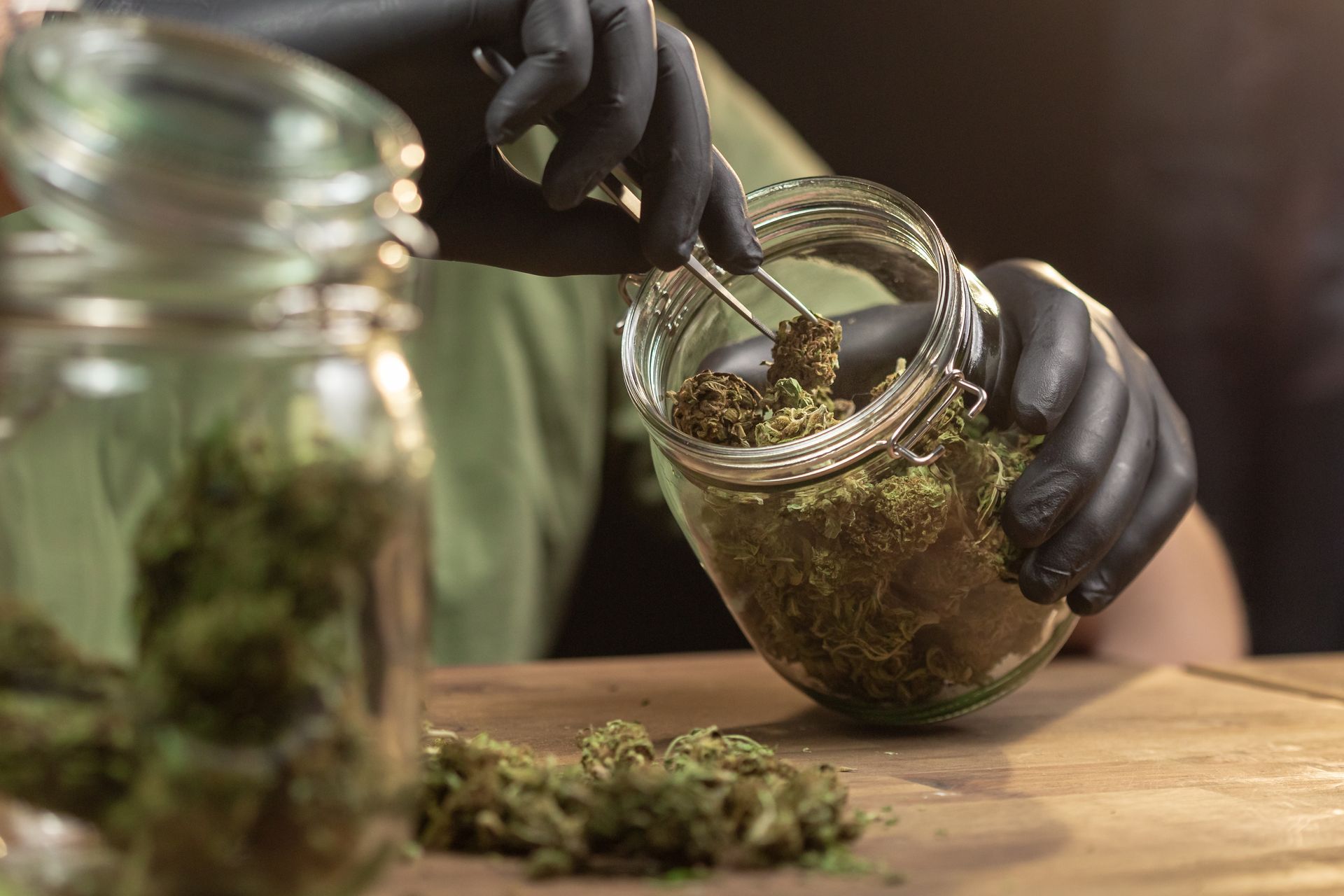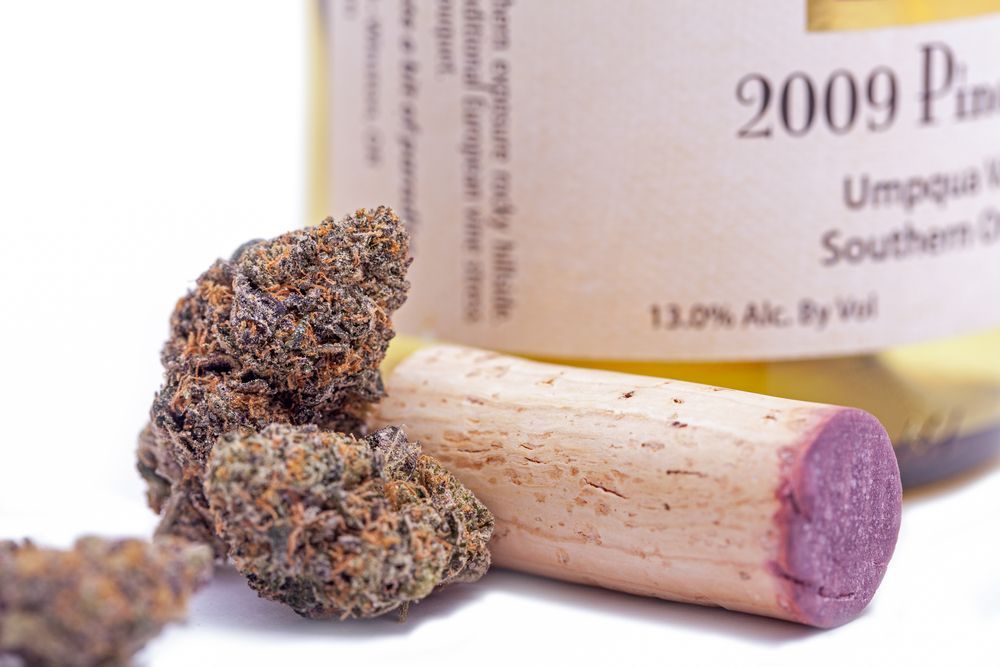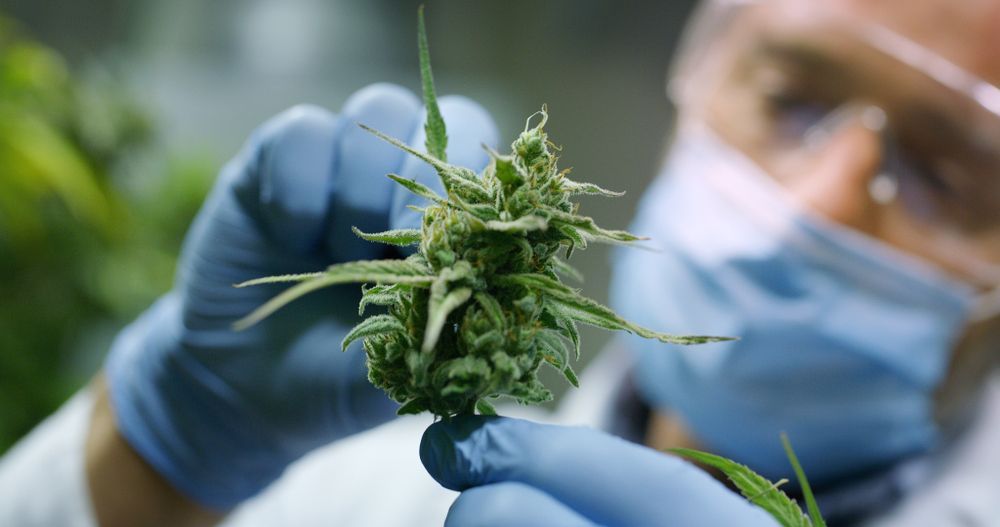How to Choose a Cannabis Strain, and What Makes Weed Different?
If you’ve read our guides on what to expect the first time you get high and how to stay safe while enjoying cannabis , you’re probably feeling ready to visit a store (or order something from us ) and make a purchase. The only problem is there are like ten million different kinds of bud to choose from! With names like Chemdawg, Ghost Train Haze, and Chiesel, it’s easy to be overwhelmed by all the choices. Fortunately for you, we’re here to make it easy. There a few things you want to keep in mind when choosing a strain, and we’re going to explain them so you can understand what you’re getting into.
It starts with one question:
How Do You Want to Feel?
Everybody likes cannabis for different reasons. Some people like help getting to sleep, others take it to feel energized. There are people who feel cannabis helps them be more creative and others who are only looking for pain relief, —not a psychedelic experience. Cannabis is so versatile, some researchers report it can help with depression , chronic pain , nausea , and insomnia. We’re not doctors, so you should speak with yours before you use it to address any health concerns.
You want to have a general idea of what you’re looking for before you even pick anything up. Ask yourself, do you want to be more energetic or more relaxed? Creative or sociable? If you do care about the more medicinal qualities , which ones should you ask your doctor about? Alternatively, you could think about the activities you want to be high for. Are you watching a movie? A sports game? Hiking? Sitting at home? Sitting at home some more?
It’s important to know what you want so that you can get it! Many people who get turned off by their experience with Mary Jane usually just didn’t get what they expected. The wonderful thing about living in the future where recreational cannabis is finally legal is that you can buy exactly what you want most of the time. As long as you know what you want going into it, you don’t really have to know anything else. We can help you find what you are looking for ( call us if you are in the Portland, Oregon area and we will walk you through our selection.)
By now you’re probably wondering, how can these different effects even be possible? It’s all coming from the same plant, right? How different could it really be?
Cannabinoids
Cannabis comes in as many varieties as any other plant. If you think about how many kinds of tulips, orchids, and roses there are in the world, then you know that flowers can have a lot of variety. Cannabis flowers —the part we consume—are no different, except that they come with different concentrations of psychoactive compounds as well as scents and colors. And they sure smell nice! The psychoactive compounds are called cannabinoids , and they’re what make the difference between a lucid, speedy high that lets you do stuff for hours and a lethargic, hungry high better suited to chilling out with some snacks, a movie, and a friend.
There are two cannabinoids you can see right on the label of almost every pot product you can buy: THC and CBD. Many people consider these the primary compounds that determine the kind of high you’re likely to have and we will get into more nuanced details later. Knowing the THC and CBD levels is good for anticipating how high you’re going to get while the ratio between the two can hint at the character of that high.
THC (∂9-Tetrahydrocannabinol)
THC is the primary psychoactive compound in marijuana, and is responsible for most of what you associate with getting high: euphoria, relaxation, occasional anxiety, introspection, appreciation for art, etc. At higher doses, it can even create visual/auditory illusions and pseudo-hallucinations. Generally speaking, you can expect heightened senses, a more active imagination, and an energetic disposition. The higher the concentration of THC, the greater or more pronounced these effects will be, but be forewarned: the risk of unpleasant side effects will be greater too, but we wrote an article about what to do when you are higher than you want to be. Some people experience anxiety or paranoia after smoking certain strains, and higher concentrations of THC can exacerbate those reactions. One reason the ratio of THC to CBD is important is that CBD can help mitigate some of these less-desirable side effects.
CBD (Cannabidiol)
CBD puts the “medical” in “medical marijuana”. It’s another naturally occurring compound in cannabis, but it doesn’t get you high. Instead, it can reduce the effects of THC, and some researchers argue it can provide relief for chronic pain, anxiety, inflammation, depression,—even the short-term memory loss associated with smoking bud. Although we can’t recommend recreational cannabis for these benefits. (Ask your doctor if medical marijuana is right for you. Have we mentioned that marijuana affects the memory? We forget.) Some strains are selected for high concentrations of CBD without any THC. Their users enjoy the reported pain-relieving and anxiolytic effects of cannabis without getting too discombobulated. Since it’s not psychoactive, CBD can be sold without the same restrictions as THC, so you can find it in everything from chocolate to lip balm to coffee.
The Balance
If you want the best of both worlds, look for strains that have a balanced ratio between THC and CBD. A balanced strain will have between 5-15% CBD and 5-10% THC. In recent cannabis history, breeders sought to grow plants with higher concentrations of THC, so don’t be surprised if you find some with 20% or more—just know that they’re genetically incapable of producing enough CBD to balance out the effects.
If you want to achieve the balance without spending a ton of time squinting at the fine print, just make sure both THC and CBD are at least 5%. It’s a foolproof way to breeze through any menu and find exactly what you’re looking for: the perfect, balanced high.
Indica and Sativa
How did we make it this far in our discussion about choosing a strain without mentioning the words indica , sativa , or hybrid ? They’re everywhere in marijuana stores, most menus divide their strains along these lines. Generally speaking sativa refers to strains that give you an energetic, euphoric high and indica means the sedative couch-lock thing. Although this may once have been the case on a genetic basis, modern cross-breeding and artificial selection have rendered that distinction—as far as what the high will be like—almost entirely meaningless. That means we are going to talk about those more nuanced differences.
Regardless of a strain’s lineage, it’s the ratio of THC and CBD (and the terpene profile) that will tell you about the high you’re getting and its side effects. You can find sativas with high CBD, indicas with low THC, and everything in between.
Why is this myth so prevalent? Despite being in use for centuries, there’s still a lot we don’t know about weed, and governments have only recently started allowing scientists to study it. Until we could start dong thorough, chemical analyses, the best we had to go on was word of mouth, and the early strains of indica and sativa had different enough concentrations of THC and CBD that the distinction was a useful one.
Now, science has taught us that what really matters are two things: the ratio of cannabinoids present and the terpene content. Terpenes are the fun part.
What the Heck is a Terpene?
Terpenes are fragrant oils secreted from the same glands that produce cannabinoids. They give weed its wide variety of flavors, like citrus, pine, berry, and pepper. Over two hundred different terpenes have been identified in cannabis alone, and every strain has their own unique combination. It’s this combination of terpenes—and the ratio of cannabinoids—that make each strain distinct from the others. Some terpenes enhance or inhibit the activity of other cannabinoids, giving each strain its own special smell and distinctive high. If you have a sensitive nose, you can put your nose in a jar of cannabis and know if it’s rich in α-pinene, limonene, or β-caryophyllene.
Here are some common terpenes, their scents, and what effects they may produce:
β-caryophyllene
– Oily, spicy
– Cell protectant, anti-inflammatory
α-humulene
– Hoppy, bready
– Reduces munchies
Limonene
– Citrus, peppermint, juniper
– Elevates mood, relieves stress, immune stimulant
Linalool
– Floral, candy, herbal
– Calming, anti-anxiety, anti-convulsant
β-myrcene
– Earthy, musky, acrid
– Sedative, psychoactive, analgesic
α-pinene
– Piney, sweet, rosemary
– Aids memory retention, improves alertness, bronchodilator
Try It!
Of course, no amount of reading labels and smelling flower can replace sampling the strain you want to try. Every person’s reaction is different, and you’re the best judge of what works for you. That’s why Pot Mates describes the terpene content of our curated products whenever available so you can easily decide which one is best for how you want to feel.
Just remember, look for a THC and CBD content that’s at least 5% if you want balance and pay attention to how each new strain makes you feel so you can learn what you like and make a more informed purchase next time. Maybe keep a strain log of your favorite smokes, vapes, and nibbles to make it easier on your future self.





